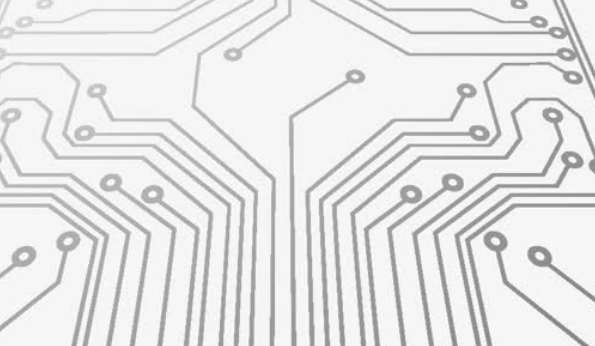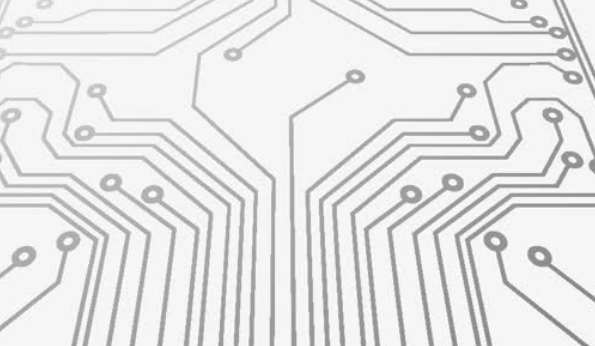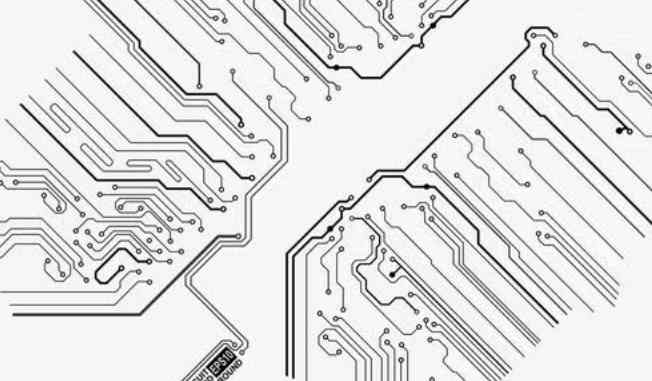
The influence of connectors should be considered especially in the design of gigabit system PCB. Nowadays, the development of high-speed connector technology can guarantee the continuity of impedance and ground plane during signal transmission. In the design, the simulation analysis of connectors mainly adopts the multi-wire model.
The connector multi-wire model is extracted by considering the inductance and capacitance coupling between pins in the three-dimensional space. The RLGC matrix is extracted by a 3D field extractor in connector multiwire models, which is usually in the form of Spice model subcircuits. Because of the complex structure of the model, it takes a long time to extract and simulate the model. In SpecctraQuest software, you can edit the Spice model of the connector into an Espice model, assign it to the device or invoke it directly, or edit it into a DML format package model and assign it to the device.
Differential signal and wiring considerations
Differential signal has the advantages of strong anti-interference, high transmission rate, in the transmission of gigabit signal, can better reduce the impact of crosstalk, EMI, etc., its coupling forms have edge coupling and upper and lower coupling, loose coupling and tight coupling forms.

Compared with up and down coupling, edge coupling has the advantages of better crosstalk reduction, convenient wiring, simple processing, and so on. Up and down coupling is more often applied to PCB board with high wiring density. Compared with loose coupling, tight coupling has better anti-interference ability and can reduce crosstalk. Loose coupling can better control the continuity of differential routing impedance.
The specific differential routing rules should consider the influence of impedance continuity, loss, crosstalk, length difference and so on according to different situations. Difference lines are best analyzed by eye maps. The simulation software can set the random sequence code to generate the eye image, and can input the jitter and migration parameters to analyze the influence of the eye image.
Power distribution and EMC
The increase of data transmission rate is accompanied by faster edge rate, which requires power stability in a wider frequency band. A high-speed system may pass transient currents of 10A and require a maximum power ripple of 50mV, that is to say, the impedance of the power distribution network within a certain frequency range of 5 megaω. For example, the signal rise time is less than 0.5ns and the bandwidth range to be considered is up to 1.0GHz.
In the design of gigabit system, the interference of synchronization noise (SSN) should be avoided to ensure that the power distribution system has a low impedance in the bandwidth range. Generally, in low frequency band, decoupling capacitance is used to reduce impedance, while in high frequency band, power supply and ground plane distribution are mainly considered. Frequency response diagrams of impedance changes at power and ground level with and without decoupling capacitance.
Specctra Quest software can analyze the impact of synchronization noise due to the package structure. The Power Integrity(PI) software uses a frequency-domain analysis power distribution system to effectively analyze the effect of the number and location of decoupling capacitors as well as the power supply and ground plane. Help engineers to select decoupling capacitors and analyze placement, wiring and plane distribution.
EMC is electromagnetic compatibility. The problems include excessive electromagnetic radiation and sensitivity to electromagnetic radiation. The main reason is that the circuit working frequency is too high and the layout is unreasonable. At present, there are software tools for EMC simulation, but EMC problems can be caused by many electromagnetic reasons. It is difficult to set simulation parameters and boundary conditions, which will directly affect the accuracy and practicability of simulation results. The most common practice is to apply the design rules of EMC control in every link of the design, and realize the rule driving and control in each link of the design. After the completion of the design and test verification, new rules can be formed and applied to the new design.
3 Distance: The so-called distance refers to the distance between the nozzle and the surface of the plate, that is, the distance between the etching liquid spray and the surface of the substrate, which is very important. When considering the distance from the nozzle to the substrate surface, it must also be combined with the spray pressure for research and design, that is, to achieve high quality etching must also meet the economy, adaptability, manufacturability, repairability and replaceable.
4 Pressure: In the design, it is necessary to consider the spray effect of the pressure on the etching fluid, and the equilibrium of the flow of the etching fluid and the flow of the etching fluid on the substrate surface. Therefore, the spray pressure is too large or too small will cause the impact on the etching quality.









